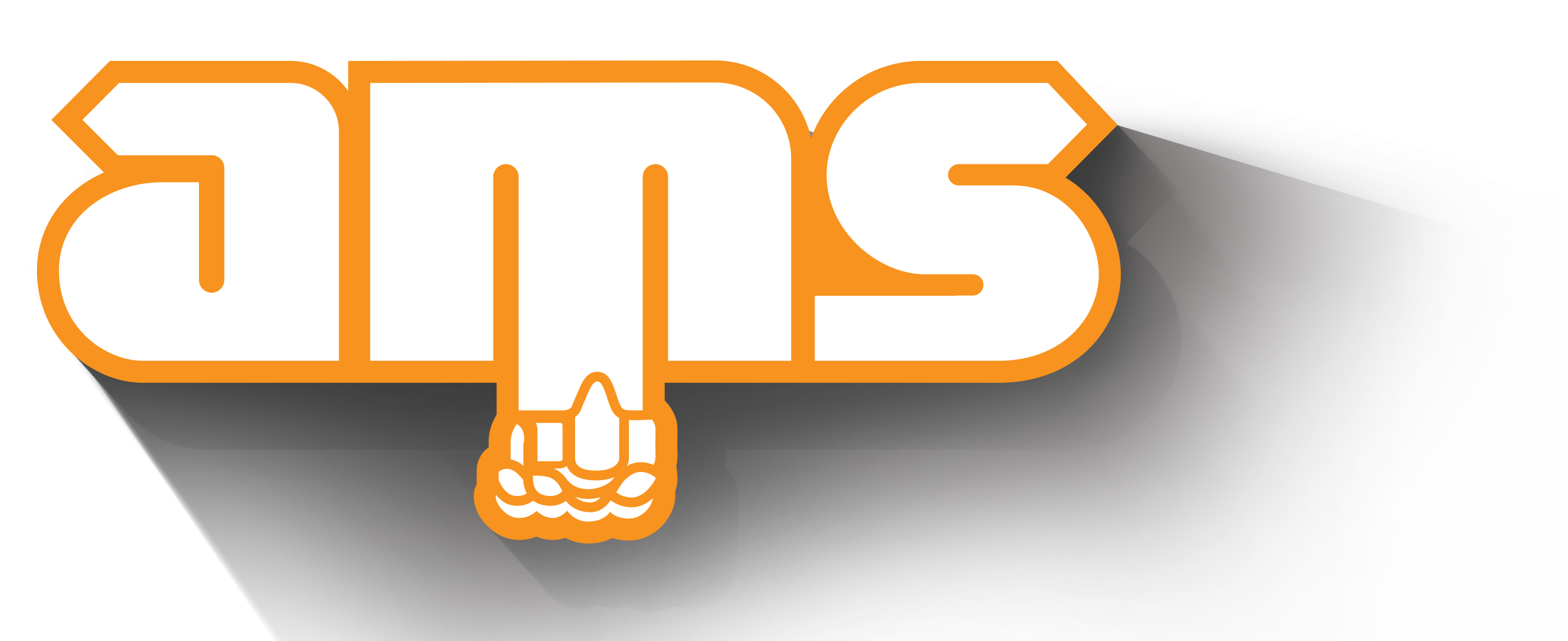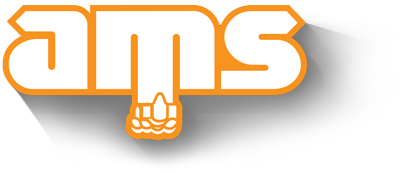A Brief Guide to Choosing the Best Drill Bits for Exploration Drilling
In the realm of exploration drilling, selecting the right drill bit is crucial for efficient and productive drilling operations.
Choosing a drill bit will be driven predominantly by the desired purpose of the borehole, the type of drilling method used and the sample quality sought.
For example, if drilling for grade or mineral content, then pneumatic drilling is a cost effective and efficient option, however it provides a partially contaminated sample as it travels back up the borehole. Whereas diamond drilling is more expensive but provides an ‘insitu’ competent sample for a higher degree of analysis.
An exploration borehole may be drilled for several purposes, some of these being the insertion of downhole geophysics tools, groundwater extraction or pressure grouting.
Drilling technique will also impact bit choice. Directional drilling requires different types of bits to steer the borehole. Consideration should be given to the use of additives for borehole stability or increasing penetration, as this will also affect bit choice.
Once the style of drilling has been established choosing the best drill bit for the job can significantly impact performance, cost-effectiveness, and overall project success.
In this brief guide, we will delve into the key factors to consider when choosing drill bits for exploration drilling. By understanding these factors and making informed decisions, drillers can optimise their drilling operations and achieve remarkable results.
- Rock Formation: The most important first factor to consider when selecting drill bits is the type of rock formation to be drilled. Different formations, such as hard rock, soft rock, abrasive formations, or mixed formations, require specific drill bit designs and materials. Understanding the geology of the site and choosing a drill bit that matches the rock’s hardness and abrasiveness is essential for efficient drilling.
- Bit Design: The design of the drill bit plays a crucial role in its performance. Key design elements to consider include the bit profile and cutter layout including cutting edges, cutting tips and faces. Cutter types from diamond to carbide of varying grades. Other factors such as the number and arrangement of cutters, cutter sizes, and cutter shapes impact the drilling efficiency, rate of penetration, and durability of the bit.
- Cutter Materials: The materials used for the drill bit cutters significantly affect their performance and longevity. Common cutter materials include tungsten carbide, coated carbides, diamond (synthetic and natural), and polycrystalline diamond compact (PDC). Each material has its advantages and limitations. Understanding the properties and performance characteristics of different cutter materials is essential for choosing the most suitable option.
- Bit Body: The optimal design of the bit body will affect the overall performance of the bit. Appropriate material is needed to withstand the abrasiveness of the rock formation and the drilling medium used for flushing. The efficient configuration of the body will allow the cuttings to be removed whilst maintaining the integrity of the bit’s strength.
- Gauge Protection: Gauge protection is essential for maintaining the stability and gauge diameter of the borehole. Gauge wear can lead to poor hole quality and increased drilling costs. Consider drill bits with effective gauge protection mechanisms such as carbide inserts or hard-facing to ensure longevity and optimal drilling performance. Additional reamer subs may be used to maintain hole gauge.
- Hydraulic Efficiency: Efficient hydraulics play a vital role in drilling performance and cuttings removal. Drill bits with optimised hydraulic features, such as flushing channels and nozzles, improve the cleaning and cooling of the bit and enhance drilling efficiency. Evaluating the hydraulic design of the drill bit is fundamental for achieving maximum productivity and life of the drill bit.
- Bit Size: Selecting the appropriate bit size is essential for achieving the desired wellbore dimensions and accommodating casing requirements. The bit size should be determined based on the target hole diameter and the drilling equipment's capabilities. It is crucial to strike a balance between the desired borehole size and the drilling rig's capacity.
- Cost Considerations: While quality and performance are paramount, it is also important to consider the cost-effectiveness of drill bits. Evaluating the cost per metre drilled, the durability of the bit, and the overall project budget is critical. Opting for a high-quality, long-lasting bit that offers a good balance between performance and cost can lead to significant savings in the long run.
- Manufacturer Reputation and Support: Choosing drill bits from reputable manufacturers with a proven track record is essential. Established manufacturers often have extensive research and development capabilities, ensuring continuous product improvement and innovation. In addition, reliable technical support and after-sales services are invaluable when it comes to troubleshooting and optimising drilling operations.
Choosing the best drill bit for exploration drilling is a critical decision that directly impacts the success of drilling operations. By considering factors such as rock formation, bit design, cutter materials, gauge protection, hydraulic efficiency, bit size, cost considerations, and manufacturer reputation, drillers can make informed choices and achieve optimal drilling performance. Investing time and effort in selecting the right drill bit is an investment in the efficiency, productivity, and overall success of exploration drilling projects.





